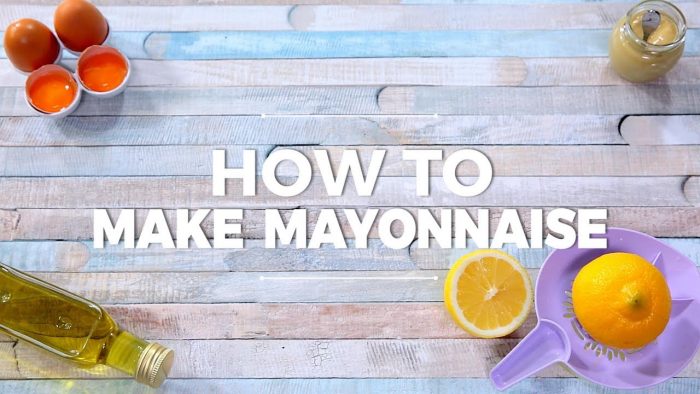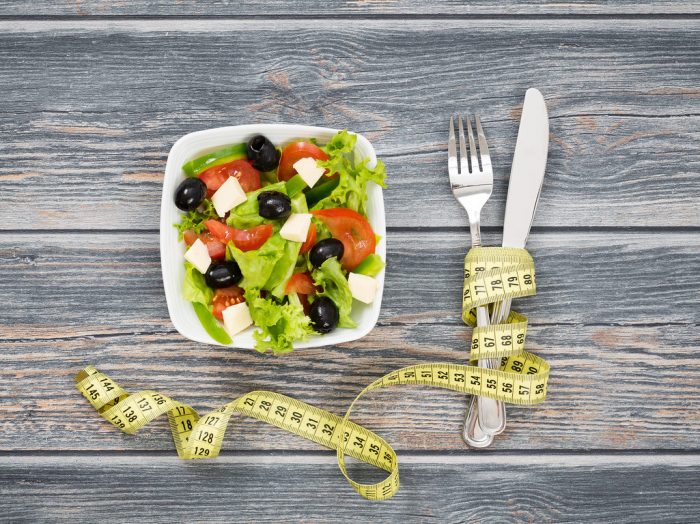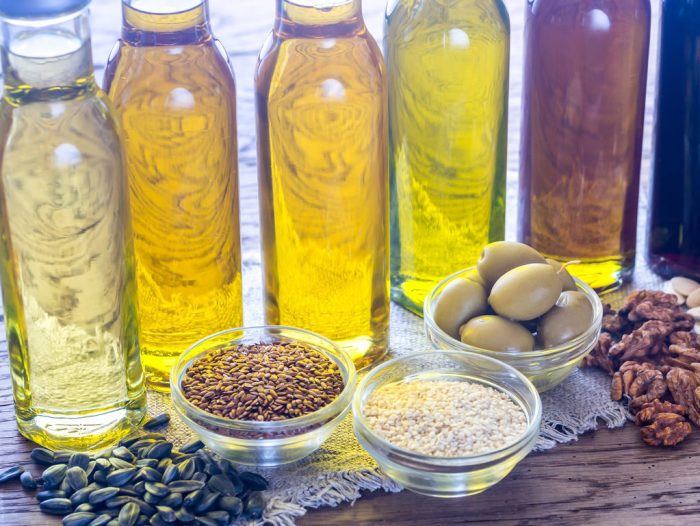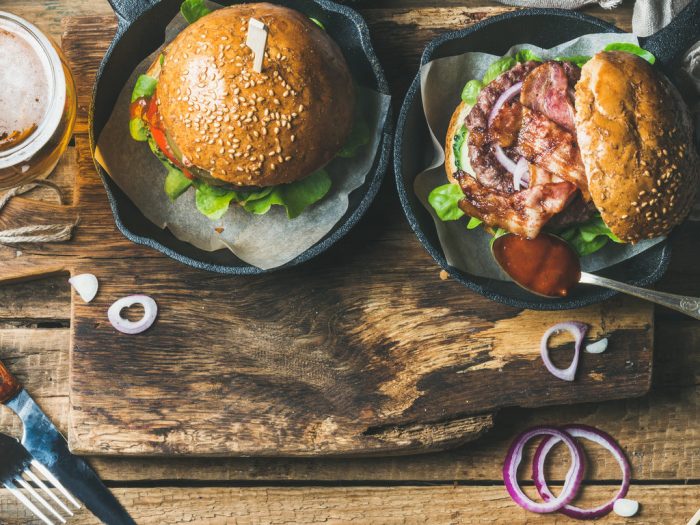You won’t believe how easy and cost-efficient is to make your own mayo. For a burger, for sauces, for all kinds of sandwiches and tasty dishes. You have to learn how to make mayonnaise at home, to just experience for yourself how the flavors pop!
I know, I know, ketchup is king, but I’m going to confess something outrageous: I love mayo more than I love ketchup. There, I said it, it’s out there on the internet. I think mayonnaise is really great, and the homemade one even more so. So, to make the greatest dips, some of my favorite salads, or just something to go with my quickly whipped up French fries, I learned how to make mayonnaise a long time ago. It’s a process that actually relaxes me, and I hope it works the same for you!
Mayonnaise is an emulsion of oil and egg yolks, with some extra flavor coming from lemon and salt!
How to make mayonnaise in 7 easy steps
1. Gather your ingredients
You don’t need a lot of ingredients to make some delicious mayo. And the good news is they’re mostly things to be found in your kitchen anyway. No exotic condiments, no rare items. Just 2-3 eggs, some neutral flavored oil – vegetable, grapeseed or light olive oil –, a little bit of mustard, salt, and some lemon juice!
It’s very important that the lemon and the eggs are fresh – that’s how you’ll get the best creamy mayo possible. If you don’t have a lemon, replace it with vinegar, for the acidity it needs.
As far as equipment goes, you will need a whisk or a spoon. I usually use a spoon.
2. Separate the yolks
All you need for making mayonnaise is the yolk part of the egg. You can save the egg whites for something else. My suggestion? Some yummy meringues!
The eggs should be room temperature, so remember to let them out of the fridge sometime before getting started. If they’re cold, then
You can use all raw yolks, or one hardboiled yolk and the other ones raw. When I was starting out, I did boil one of the eggs, in order to have a creamy base for the mayo.
3. Add the lemon juice (or vinegar)
Crack those eggs in a deep bowl and add the acidic component – lemon juice or vinegar – over them. Lemon juice needs to be added first because it helps break down the protein in the yolks and emulsifies them. The yolks already contain lecithin, a natural emulsifier, which helps bind ingredients together and thicken sauces.
4. Add the oil gradually
If you pour too much oil at a time, the mayo won’t bind. So start with a few drops, while whisking the yolks and lemon juice constantly.
Once the mayonnaise starts to thicken, you can pour the oil, slowly, in a steady stream. Make sure to incorporate it as soon as it’s poured. This is where experience will come in handy because you will start to realize when the oil builds up too much and you need to stop pouring it until incorporated.
5. In case of emergency, use another yolk
If your mayo breaks, which, let’s be honest, can happen to the best of us, there is a quick fix. Break another egg, separate the yolk, and add it to the bowl with the mayonnaise. You can’t make mayo without breaking a few eggs! The new yolk will act like a bandage for your broken mayo and keep you on the right track!
6. Add some water – if needed
If the mayo gets to be too thick, then you can add some teaspoons of water, slowly and gradually, until it has the consistency you like. The mayo should be fluffy, but, of course, it depends on your tastes too. I sometimes like a fatter mayo.
7. Season
Add very little salt, mix it in, and don’t forget to taste. It’s a very fine balance between salty enough and too salty.
At this point, I probably taste-test the mayo too much with my finger and am left with half of the quantity I was banking on. But don’t do what I do!






